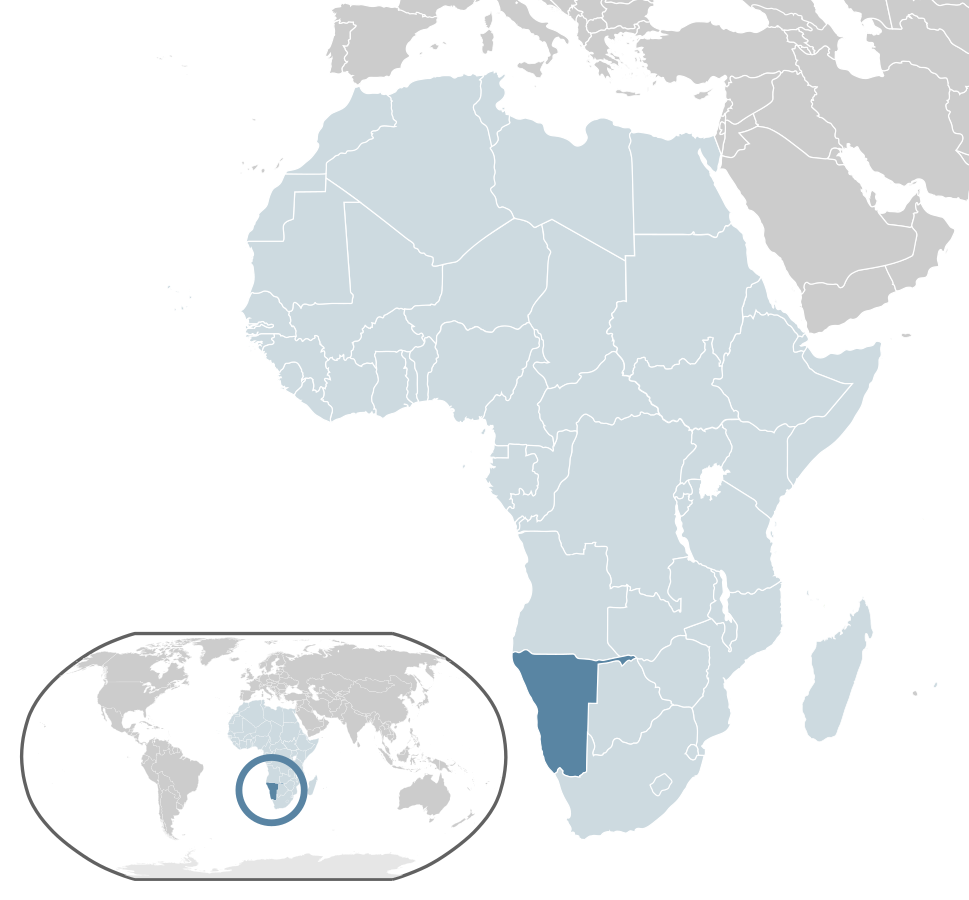By NewsDesk @bactiman63
The Ministry of Health and Social Services of Namibia officially declared an outbreak of Crimean-Congo hemorrhagic fever (CCHF) on May 6 after reporting a number of cases from different regions of the country.

Image/ Alvaro1984 18
As of 15 May 2019, seven suspected cases of CCHF were reported from five regions, including one laboratory confirmed case out of seven samples tested and one death (case fatality ratio 14%).
The Ministry of Health and Social Services detail the cases/locations in the following press statement.
The World Health Organization says CCHF outbreaks have been recurrent in Namibia in the past
two years, with cases reported from Omaheke, Omusati and Kharas regions. The last recorded outbreak occurred in March 2018 in Kharas region, where one fatal confirmed case was reported.
The current outbreak arises in the context of a national drought emergency that can intensify the risk of transmission and geographical spread of the disease, with livestock movements from arid to less dry areas, if mitigating measures are not implemented in a timely manner.
Crimean-Congo hemorrhagic fever is a widespread disease caused by a tick-borne virus (Nairovirus) of the Bunyaviridae family. The CCHF virus causes severe viral hemorrhagic fever outbreaks, with a case fatality rate of 10–40%.
Animals become infected by the bite of infected ticks and the virus remains in their bloodstream for about one week after infection, allowing the tick-animal-tick cycle to continue when another tick bites. Although a number of tick genera are capable of becoming infected with CCHF virus, ticks of the genus Hyalomma are the principal vector.
Over 18,000 Autographed Items From Celebrity to Sports! Visit Press Pass Collectibles.com Today.
The CCHF virus is transmitted to people either by tick bites or through contact with infected animal blood or tissues during and immediately after slaughter. The majority of cases have occurred in people involved in the livestock industry, such as agricultural workers, slaughterhouse workers and veterinarians. Human-to-human transmission is possible.

